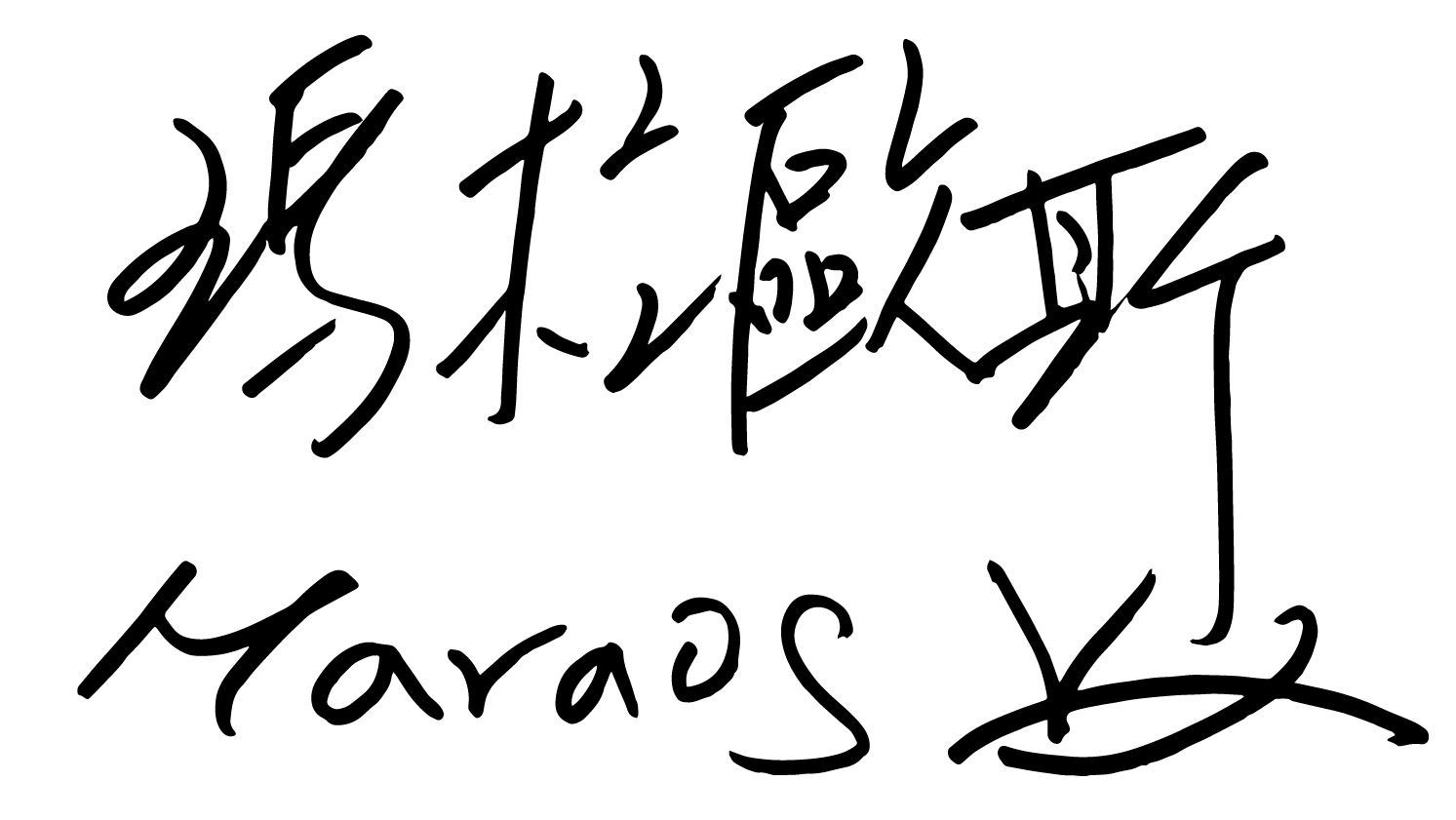o mapiamoamowen so iweywawalam no tao am, kabedbedan ya vazay no tao siciakoa ya. ipatak o makdeng a iweywawalam do pikailiilian no yancomin a macita da no malalavayo a tao am, o ya mivazay do 《原視界》 a toa am, da ciraraen o tao do ili a ya omononong do vazay, ipakatopos da no malalavayo a tao so macikepkep jira kavakavavatanen do ili.
kakzeben o karo no tomita so《原視界》a vakong am, da nicirara o 賽夏族 a isocia mingarang si hewen a ta:in tawtawazay, nimangay do Kazingko do ili no Amis do 太巴塱 , a macinanao a mitanatana, ipakacita so mitarek a ipipinapinan a iweywawalam no yancomin, da ipanci do jia o pangaktoktowan no mitarek a vazay no itetngehan. do ipipinapinan no yancomin am, makdeng o mitanatana a mamareng so vaanga aka no pepraranom, o ipitanatana no Amis aka no Tao do Pognso am, raro o mitarek so pipeypangayan, o tao do Pongso am, pitareken o kakanan no mavakes aka no mahakay.
do iweywawalan namen a tao do Pongso am, no mavitos rana o apiavehan am, apwen rana o ka pitanatana no mahakay; do iweywawalam no Amis am, mavakes o mitanatana, am ji miangay o pakapiaen no mavakes aka no mahakay, do kabedbedan no adan a ipipinapinan no Amis am,o mavakes am, kalovotan da inyapowan no mipinapinan a tao.
kakzeben o kapacinadnad da masinananao no malalavayo a ato am, ko ipanci jinyo a malalavayo mangakakteh am, masanib a maciamizing do rarakeh aka pacilovot do kaylian a macinanao do cicirawat no kakoa. Ipakatopos do pimasawdan no ineynapo aka no pangaktoktowan a topos do kataotao, to macilolo o ka pipakatkat no panakenakeman a ikapia no onowned do araraw.
Traditional culture preservation is a constant challenge for every generation and community. To provide an additional channel for the next generation to learn about their original culture and history, the Indigenous Sight magazine team traveled throughout the island and collected life experiences and stories from community members so that the younger generation can have more exposure to the precious and beautiful indigenous cultures.
We took a new approach to expand the scope of this issue’s feature. Young SaySiyat artist hewen a ta:in tawtawazay was invited to learn how to make Pangcah pottery at Tafalong Community. Pottery culture plays a significant role in many indigenous communities, and through the exciting interactions between SaySiyat and Pangcah artists, readers can appreciate the diverse aesthetics of the two peoples.
I find a lot of differences between the pottery cultures of the Tao and the Pangcah, the most significant one being the role of different genders. In Tao communities, the men begin making pottery in August, when the fly fish season ends and the northeast monsoon arrives; but for the Pangcah people, the potters are mostly women. This not only means different aesthetics in the pottery but also highlights a cultural feature of the Pangcah: women are the mothers of all creators.
When it comes to learning more about your own culture, I encourage young community members to look beyond the internet. There are so many ways we can interact with different cultures now. You can also physically go to your community and visit family or participate in community events. Immerse yourself in the life philosophy of the communities, and I’m sure the experience will change your mindset and lead to a better life.
Panirsirngen do yanbonkay
Chairman of the Indigenous Peoples Cultural Foundation





